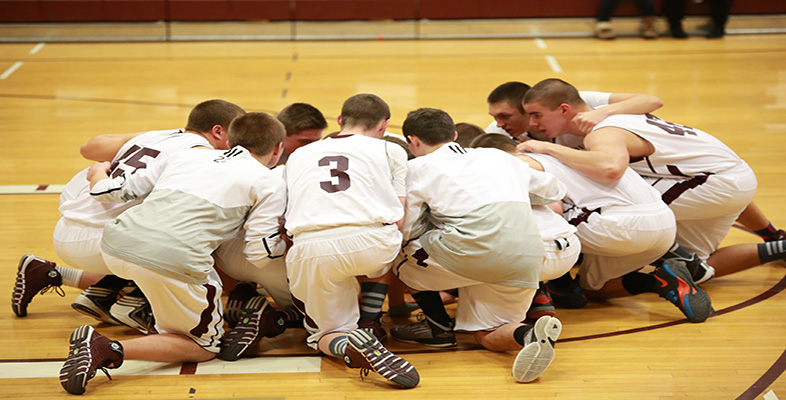1.1.1 Project teams in practice
In reality, few teams are exactly as described in the previous section and they are usually some hybrid or mixture of these basic forms. For example, an operational team may be a permanent part of an organisation‘s structure – a top management team or a team running a helpdesk. Or the team may be temporary, such as a project team set up to introduce a new piece of software into an organisation. Some authors note that there is a spectrum of team organisation structures from functional through matrix and on to a project or single team structure. The different structures for project teams have different advantages and disadvantages so that one team structure may suit a particular task in some organisations better than another.
Table 1 sets out the strengths and weaknesses of different team structures. Note that in this table, we are defining a client to be a person or organisation that requested or receives the product of the team’s work.
| Strengths | Weaknesses | |
|---|---|---|
| Functional team | Handles routine work well. Line management has control of projects. Pools technical and professional expertise. | Communication and coordination across functional areas in an organisation is more difficult. Can be inflexible. Tends to push decision making upwards. |
| Matrix team | Acceptable to traditional managers. Top management retains control of projects but are relieved of day-to-day decisions. Flexibility in the personnel assigned. | Project staff have dual reporting lines, which can cause conflicts of priorities. Staff appraisal and performance measurement is difficult. The team leader may not be able to influence who is assigned to the project. |
| Contract team | Easy to employ technical and professional expertise. Reduces training requirements for the client. The team can use its own management structure. Can be used to bring a number of organisations together. | Difficult for the client to assess the quality of the work and progress of the project. There may be problems on acceptance as the client is the judge of project success. Difficult to identify and resolve political or organisational issues. Communication between geographically remote team members is difficult. |
